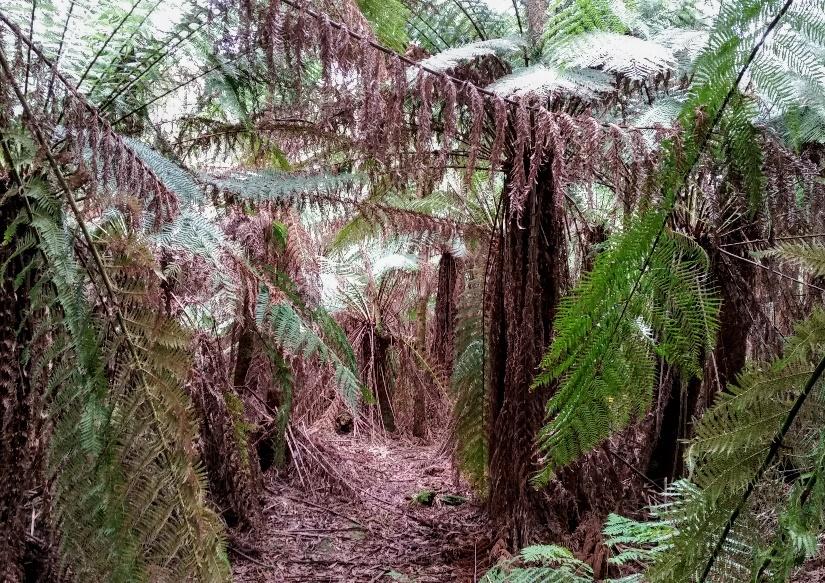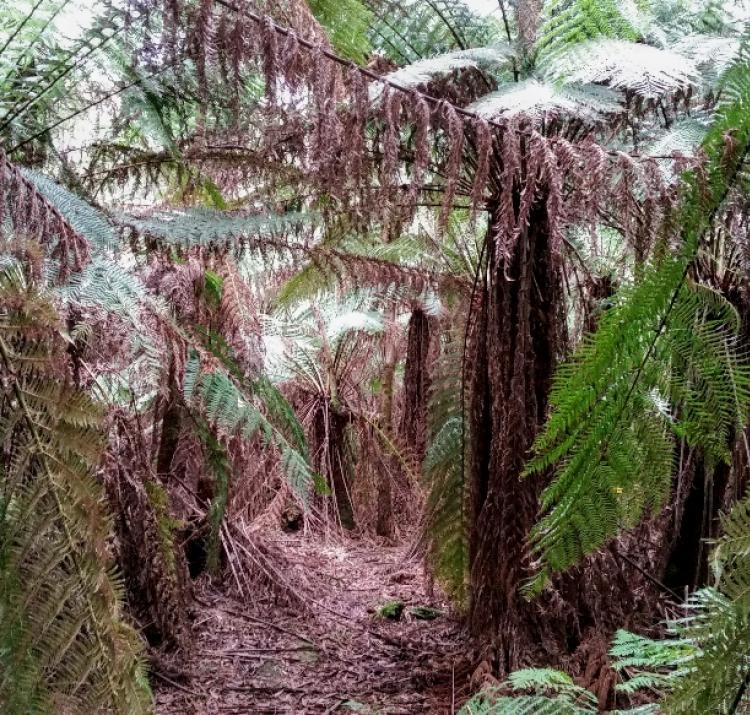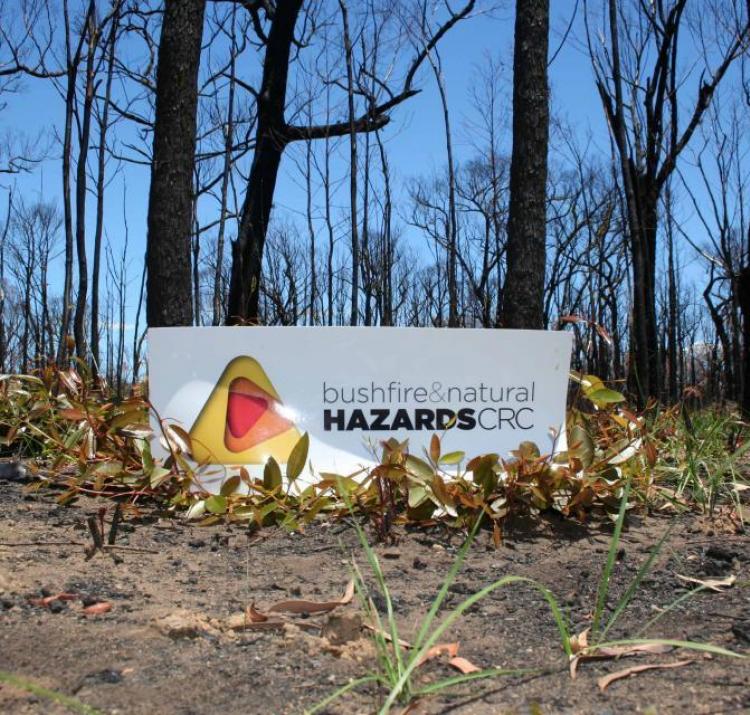Research leader
Wet eucalypt forest is the most complex and poorly documented forest ecosystem in Australia. Its combination of a highly-flammable eucalypt overstorey and a less-flammable understorey of Gondwanan rainforest or sclerophyllous shrubs make it unique worldwide. However, due to the contrasting flammabilities of this vegetation, fire behaviour is poorly understood in these forests. While little data exist on fire behaviour in these forests, observations and modelling suggest they have the potential to exhibit some of the most extreme fire behaviour on Earth.
The Terrestrial Ecology Research Network (TERN) Forest Ausplots were set up to measure carbon and fuel dynamics in structurally mature wet eucalypt forests across Australia. Between 2016 and 2019, eight of these Ausplots have burned in low-severity bushfires or planned burns. In the 2019-2020 fire season eight more Ausplots burned, four in southern NSW, and four in northern NSW. These plots burned under a range of fire severities, ranging from understorey fires to canopy-defoliating fires.
This project was completed with the support of the CRC's funding for quick response. It investigated the effect of fuel load and structure on fire severity across Australian wet eucalypt forests by measuring four of the eight Ausplots in southern NSW that burned in the 2019-20 fires.
The researchers used post-fire severity data to compare the performance of a number of different fire behaviour models in wet eucalypt forests. Importantly, this research continues to develop a larger dataset of pre-and post-fire fuels and fire severity dataset in permanent plots.
This data allowed the researchers to compare predicted and observed fire severities and flame heights. As the exact fuel load and structure prior to the fires (due to pre-fire measurements) is known, the expected flame heights and fire severities can be predicted. By measuring post-fire fuel loads, reductions in both carbon stock and fire hazard associated with low, moderate, and high-severity wildfires can be directly quantified, which is a dynamic that is poorly understood.
| Year | Type | Citation |
|---|---|---|
| 2021 | Report | Understanding post-fire fuel dynamics using burnt permanent forest plots. (Bushfire and Natural Hazards CRC, 2021). |







